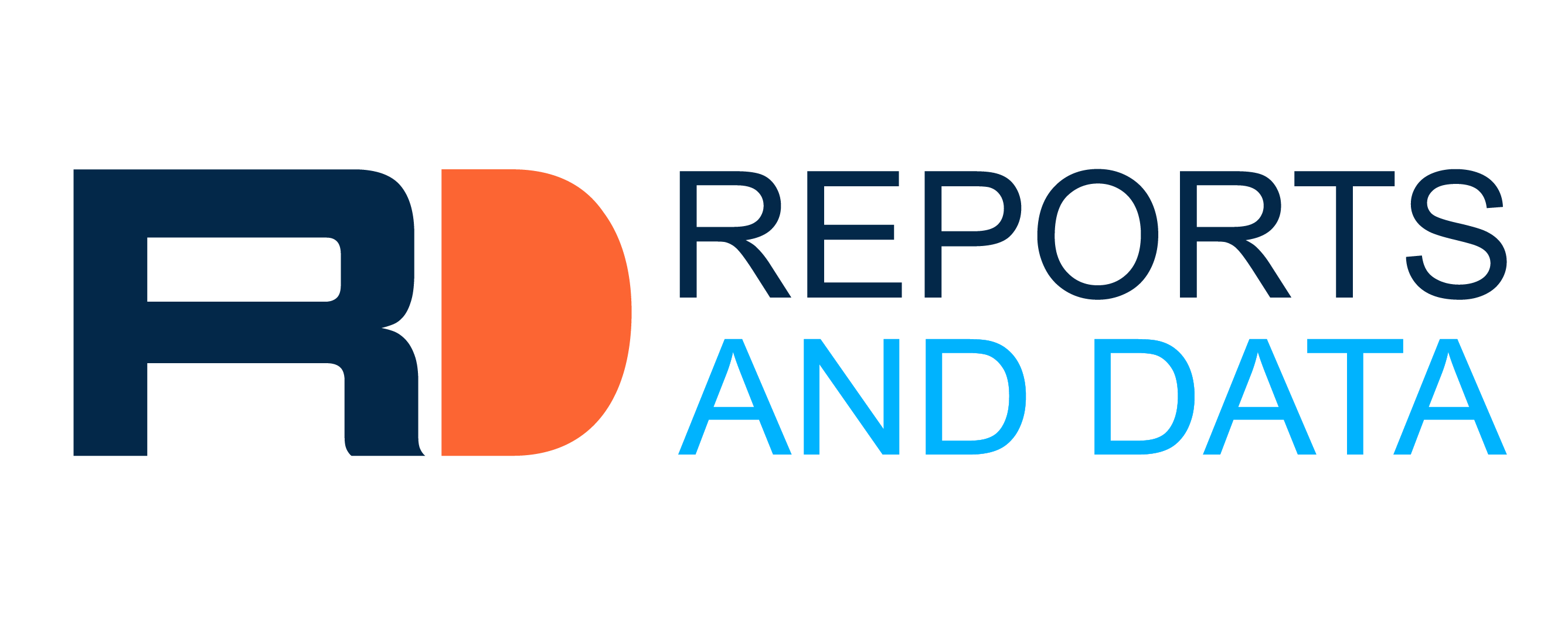The Global Neurovascular Devices Market is expected to be valued at USD 3.53 Billion in 2027 from USD 2.23 Billion in 2019, registering a CAGR of 5.6% through the forecast period. Neurovascular devices, such as artery stents, microcatheters, and distal filter devices, are significantly employed to treat various neurovascular conditions, including aneurysm, ischemic stroke, arteriovenous malformation, vasculitis, and intracranial stenosis. Revenue from the global neurovascular devices market is predicted to register a massive growth rate over the forecast timeline. The surging prevalence of neurovascular and cardiovascular diseases worldwide, growing demand for minimally invasive surgical procedures, the emergence of technologically advanced neurovascular devices, and the recent breakthroughs in neurovascular therapies, such as Terumo’s SOFIA catheter for distal navigation and revascularization, are the primary factors responsible for the growth of the global neurovascular devices market.
To avail your copy of the Sample Report, Click @ https://www.reportsanddata.com/sample-enquiry-form/1348
The dynamically expanding healthcare infrastructure, growing commercialization of state-of-the-art neurovascular technologies, and favorable medical reimbursement policies are the other factors that are indispensable to the market growth. However, another factor boosting the market growth is the rapid adoption of interventional neurovascular devices in the healthcare industry for effective disease diagnosis and treatment. The most widely used interventional neurological therapies include angiography, catheter-based techniques, and fluoroscopy. Furthermore, manufacturers are heavily investing in research & development activities to advance neurovascular devices technologically.
Key findings of the report:
- Based on the device type, the cerebral embolization and aneurysm coiling devices sub-segment is estimated to accrue the largest market share of USD 1.18 Billion over the projected period, demonstrating a robust CAGR of 6.5%. The rising incidences of neurological conditions like stroke and brain aneurysm, rise in the global geriatric population, the surging prevalence of cerebrovascular disorders, and augmented spending on healthcare are pivotal factors boosting the segment’s growth.
- In terms of application, the stroke sub-segment is poised to lead the global neurovascular devices market in the coming years, attaining a considerable market share of USD 2.02 Billion at a 6.1% CAGR. The increasing cases of stroke, rising prevalence of chronic conditions such as hypertension, and the growing awareness about neurovascular health have propelled the growth of this segment.
- Of the leading regional markets, North America is foreseen as the most dominant market for neurovascular devices globally. The market is projected to accumulate around USD 1.28 Billion by 2027, exhibiting a CAGR of 6%. The regional market growth is attributed to the increasing prevalence of chronic diseases like diabetes and hypertension, the rising caseload of neurovascular disorders, the presence of some of the leading market players in the region, and the surging government investments in healthcare R&D programs.
- Key players in the global neurovascular devices market are Medtronic Plc (Ireland), W. L. Gore & Associates, Inc. (U.S.), Abbott Laboratories (U.S.), Terumo Corp. (Japan), Penumbra, Inc. (U.S.), Merit Medical Systems, Inc. (U.S.), Johnson & Johnson (U.S.), Stryker Corp. (U.S.), and MicroPort Scientific Corp. (China).
To avail a Discount on your Copy of the Neurovascular Devices Market Report, Click @ https://www.reportsanddata.com/discount-enquiry-form/1348
For the purpose of this report, the global neurovascular devices market has been segmented on the basis of device type, application, and region:
By Device Type (Revenue, USD Million; 2017-2027)
- Cerebral Angioplasty and Stenting Systems
- Carotid Artery Stents
- Embolic Protection Systems
- Cerebral Embolization and Aneurysm Coiling
- Embolic Coils
- Liquid Embolic Agents
- Flow Diversion
- Neurothrombectomy
- Clot Retrieval
- Vascular Snares
- Suction
- Support
- Micro Guidewires
- Microcatheters
By Application (Revenue, USD Million; 2017-2027)
- Stroke
- Cerebral Artery Stenosis
- Cerebral Aneurysm
- Others
By Region (Revenue, USD Million; 2017-2027)
- North America
- US
- Europe
- France
- UK
- Asia Pacific
- China
- India
- Japan
- Latin America
- Brazil
- Middle East & Africa
Access Full Report Details @ https://www.reportsanddata.com/report-detail/neurovascular-devices-market
Table of contents
Chapter 1. Market Synopsis
1.1. Market Definition
1.2. Research Scope & Premise
1.3. Methodology
1.4. Market Estimation Technique
Chapter 2. Executive Summary
2.1. Summary Snapshot, 2018-2026
Chapter 3. Indicative Metrics
Chapter 4. Neurovascular Devices Segmentation & Impact Analysis
4.1. Neurovascular Devices Material Segmentation Analysis
4.2. Industrial Outlook
4.2.1. Market indicators analysis
4.2.2. Market drivers analysis
4.2.2.1. Increasing investment in healthcare sector
4.2.2.2. Product Development and Commercialization
4.2.2.3. Increase in Demand for Effective Neurovascular Devices
4.2.3. Market restraints analysis
4.2.3.1. Lack of Skilled Neurosurgeons
4.3. Technological Insights
4.4. Regulatory Framework
4.5. ETOP Analysis
4.6. Porter’s Five Forces Analysis
4.7. Competitive Metric Space Analysis
4.8. Price trend Analysis
Chapter 5. Neurovascular Devices Market By Type Insights & Trends
5.1. Type Dynamics & Market Share, 2019 & 2026
5.2. Cerebral Embolization and Aneurysm Coiling
5.2.1. Market estimates and forecast, 2016 – 2026 (USD Million)
5.2.2. Market estimates and forecast, by region, 2016 – 2026 (USD Million)
5.2.3. Embolic Coils
5.2.4. Flow Diversion
5.2.5. Liquid Embolic Agents
5.3. Cerebral Angioplasty and Stenting Systems
5.3.1. Market estimates and forecast, 2016 – 2026 (USD Million)
5.3.2. Market estimates and forecast, by region, 2016 – 2026 (USD Million)
5.3.3. Carotid Artery Stents
5.3.4. Embolic Protection Systems
5.4. Neurothrombectomy
5.4.1. Market estimates and forecast, 2016 – 2026 (USD Million)
5.4.2. Market estimates and forecast, by region, 2016 – 2026 (USD Million)
5.4.3. Clot Retrieval
5.4.4. Suction
5.4.5. Vascular Snares
5.5. Support
5.5.1. Market estimates and forecast, 2016 – 2026 (USD Million)
5.5.2. Market estimates and forecast, by region, 2016 – 2026 (USD Million)
5.5.3. Micro Catheters
5.5.4. Micro Guidewires
Chapter 6. Neurovascular Devices Market By Application Insights & Trends
Continued…
Media Contact
Company Name: Reports and Data
Contact Person: John Watson
Email: Send Email
Phone: +1-212-710-1370
Address:40 Wall St. 28th floor
City: New York City
State: NY 10005
Country: United States
Website: https://www.reportsanddata.com/press-release/global-neurovascular-devices-market

